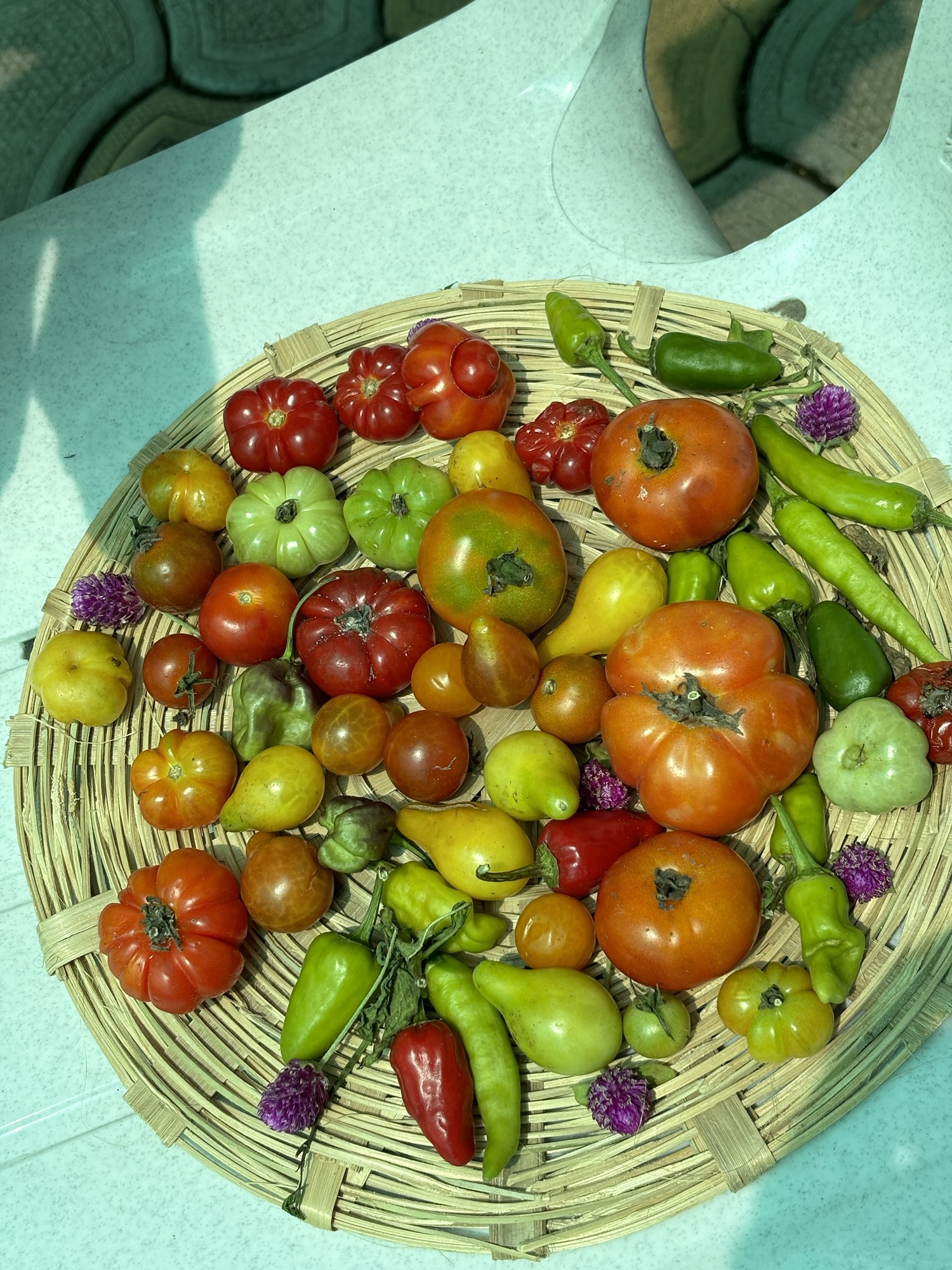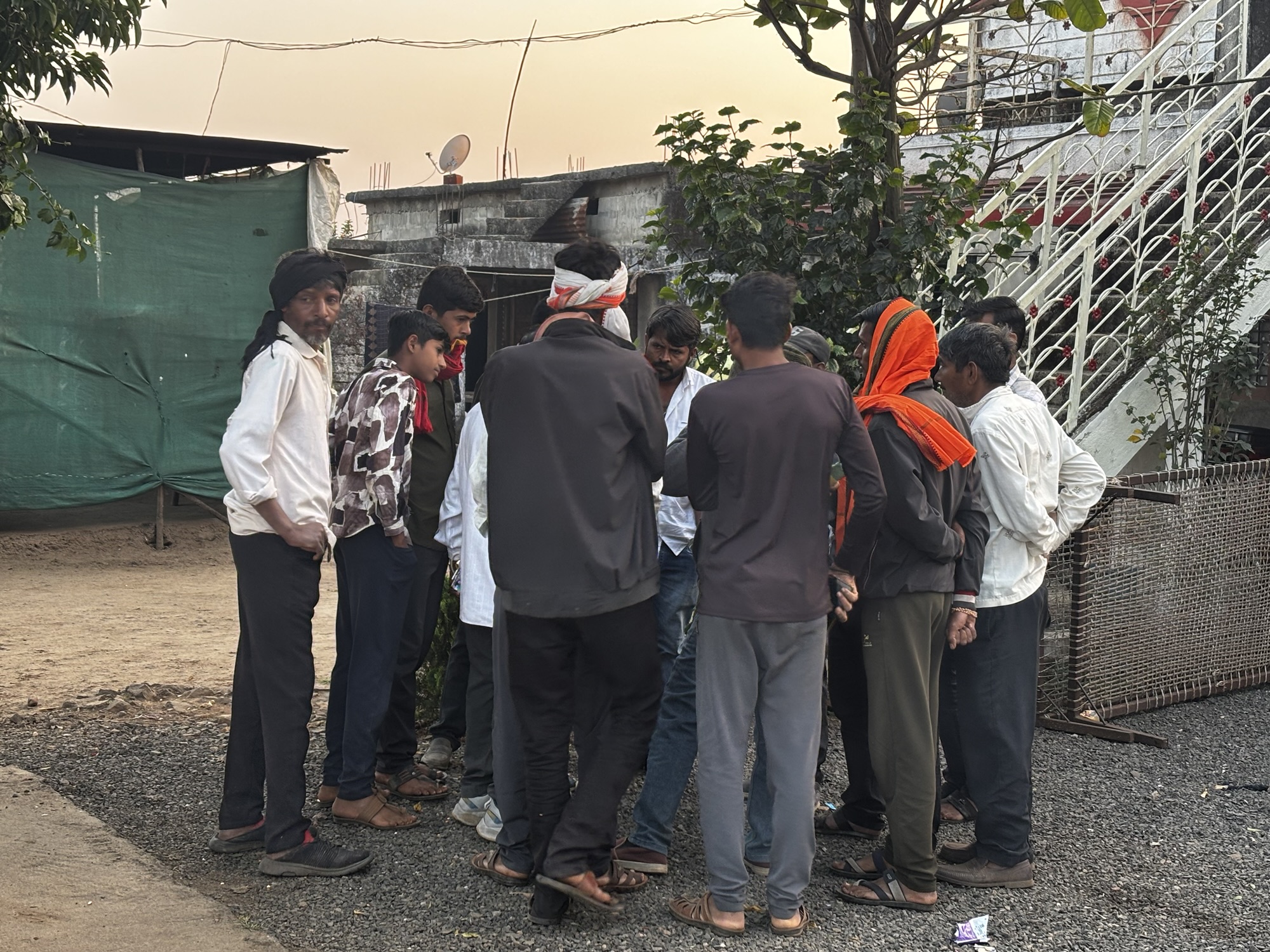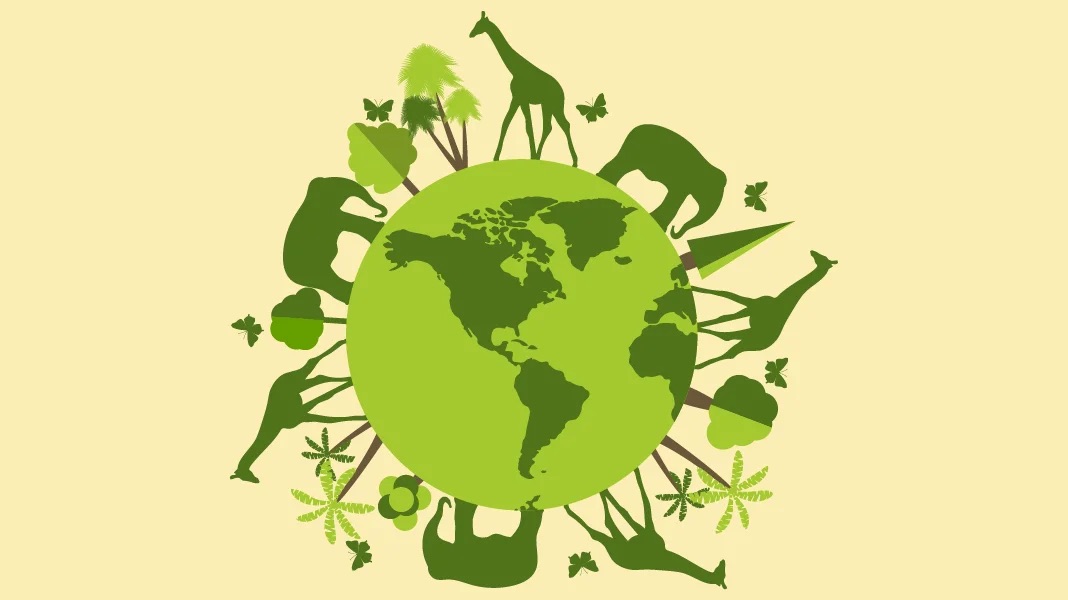At the India Maize Summit 2025, Union Agriculture Minister Shivraj Singh Chouhan discussed the future of maize farming in India. He emphasised the importance of maize as a crop with great potential. Despite India being the third-largest producer of maize globally, the productivity remains low compared to other countries. Chouhan stated that improvements in productivity are essential for India to compete in the global market.
Current maize production in India is approximately 42.3 million tonnes, which could rise to 86 million tonnes by 2047. This increase is critical, especially since the demand for maize is growing. The government aims to enhance maize production through various initiatives, focusing on high-yielding hybrid seeds and improved agricultural practices.
India ranks fourth in maize cultivation area and seventh in production. The largest producers are the USA, Brazil, and Argentina. These countries dominate the global maize trade, exporting significant quantities to markets like China. In India, states like Madhya Pradesh, Karnataka, and Bihar lead in production. Madhya Pradesh and Karnataka each have about 15% of the country’s maize area.
Chouhan pointed out that maize is not just a staple food but also a vital raw material for various industries. Its uses range from animal feed to ethanol production. The Indian government has set ambitious targets to blend ethanol with fuel, which will further increase the demand for maize. For the year 2023-2024, around 5.5 million metric tonnes of maize is expected to be used for ethanol production. This trend highlights the importance of maize in India’s energy security and its potential to reduce crude oil imports.
To meet the growing demand, the government aims for a 10% increase in maize production by 2025. Currently, maize production needs to rise from 346 lakh tonnes to 420-430 lakh tonnes by 2024-25 and to 640-650 lakh tonnes by 2029-30. This increase can help secure a steady supply for both domestic needs and export opportunities.
The government has also introduced various policies to support maize cultivation. These include ensuring a minimum support price (MSP) for farmers, providing transportation concessions, and involving cooperatives in the maize value chain. These measures aim to improve farmers’ income and encourage them to adopt higher-yielding varieties of seeds.
Research and development play a crucial role in enhancing maize productivity. The Indian Council of Agricultural Research (ICAR) has developed 265 maize variants, including 77 hybrid types. Maintaining soil health while increasing yield is a priority. According to Chouhan, the focus on sustainable agricultural practices will ensure food availability for future generations.
Moreover, maize cultivation has the potential to address environmental issues. It requires less water compared to rice, making it a suitable alternative in water-scarce regions. Shifting from rice to maize can help conserve water resources and improve soil health.
Despite the opportunities, challenges remain. Pest and disease management is critical for maximizing yields. Farmers need access to effective pest control measures and high-quality seeds. Additionally, market fluctuations can impact farmers’ earnings, which necessitates a robust support system from the government.
In conclusion, maize holds significant promise for India’s agricultural sector. With rising domestic demand, government support, and potential for export growth, boosting maize productivity is essential. By focusing on high-yielding varieties, effective research, and sustainable practices, India can enhance its competitiveness in the global maize market and secure a better future for its farmers.




